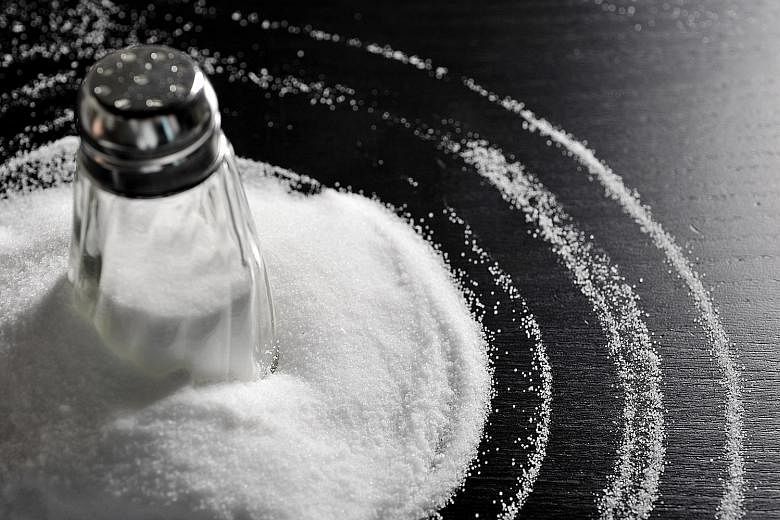If you're confused about salt, I'm not surprised. There's been a steady back-and-forth on claims that reducing dietary sodium is crucial to our well-being, countered by claims that following this advice can be a health hazard.
While some studies have concluded that only people with hypertension on high-salt diets need to reduce salt intake, the overwhelming strength of scientific findings bolsters advice from major health organisations that most people should cut back on sodium.
Excess sodium is responsible for most cases of hypertension in Western societies, and hypertension is a leading risk factor for heart attacks, strokes and kidney failure.
Because salt added to our foods by processors and restaurants is the main source of sodium in our diets, protecting the health of the most vulnerable requires a societywide reduction in sodium.
The average American consumes more than 3,400mg a day, an amount often found in a single restaurant meal. A lunch of soup and a sandwich can easily add up to a day's worth of sodium.
Our kidneys are fine-tuned machines for keeping blood levels of sodium within a physiologically healthy range; when there's too much, the kidneys dump it into urine for excretion, and when more is needed, they reabsorb it.
Unfortunately, faced with a chronic excess of sodium, the kidneys can get worn out; sodium levels in the blood rise along with water needed to dilute it, resulting in more pressure on blood vessels and excess fluid around body tissues.
So why, you may wonder, is there any controversy? Shabby science, resulting in claims that it is unsafe to reduce sodium intake below 1,500mg a day, is one reason, said Ms Bonnie Liebman, director of nutrition at the Centre for Science in the Public Interest, a health advocacy organisation in Washington.
Also feeding the debate is resistance from the food industries, which fear that consumers will reject a change in recipes.
"Consumers are sometimes wary of low-sodium products, thinking they will lack flavour," Ms Liebman observed. But when sodium is cut gradually, they hardly notice it.
That, in fact, is the key to cutting back on salt: Do it a little at a time.
A culinary trick is to prepare foods without adding salt, then sprinkle some on at serving time.
Some producers of chips rely on this tactic - consumers taste only the salt on the surface. When buying canned or packaged soups, select ones labelled low-sodium and, if desired, add salt at the table. Better yet, enhance the flavours of low-sodium soups with herbs, peppers, garlic and other seasonings.
Also helpful, for reasons beyond sodium reduction, is to eat more fruit and fresh vegetables. They are naturally low in sodium and many are high in potassium, which helps to lower blood pressure.
Often, most of the salt in a restaurant dish comes from the sauce or dressing; ask for it served on the side and use only a small amount.
For cooked dishes, ask for them prepared without salt; you can always add some at the table.
NYTIMES

